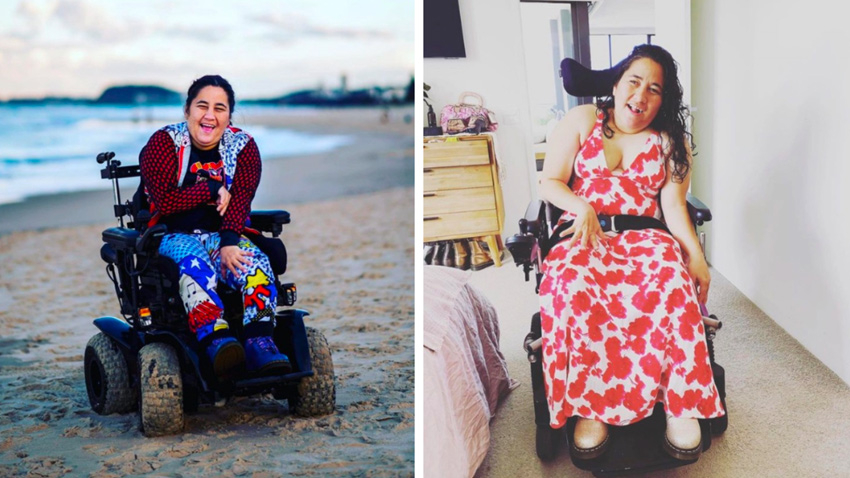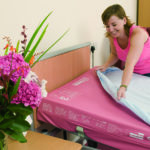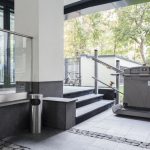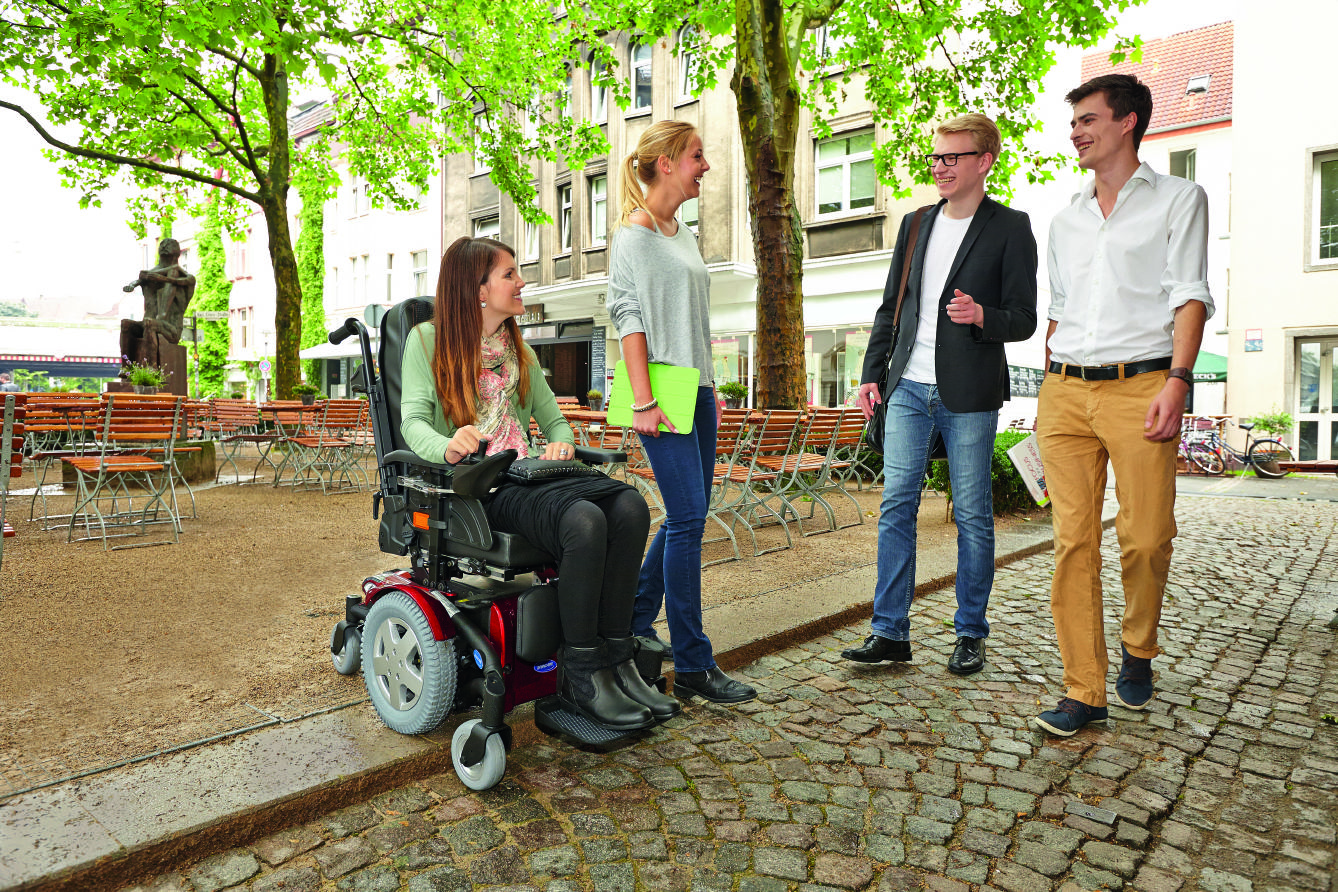How Do We Move From Segregation To Real Inclusion?

The other day I received a message:
“Hi Marlena,
I wanted to see if I could pick your brain on something. I am managing a support provider team here in XXX. We have just set up a house that will have respite/day programs/our office. I wanted to chat with you about how I can make it as inclusive as possible. I have thoughts around connecting with clients on skills they already have and setting up a group market stall in the local markets and teaching and supporting on how to set margins and make money i.e. selling seedlings for our gardeners, artworks etc.”
Now initially I had no idea how I would respond, as I truly believe one can’t half include but yet I did not wish to offend either. I knew the person quite well and knew their heart is in the right place and wants to change what essentially is a broken system. While I do believe we have gotten better as a society I also believe we have far to go in order to achieve real inclusion.
Honestly, though my first response to the above was “Argh Bloody day centres and programs”. You see historically these settings feed a segregated lifestyle for the person with a disability. I have always said that computers need programs not people. In order to grow and develop as human being people clearly need people and many people. People with disabilities need a wide variety of people in their lives to feel loved, belong, contribute and most of all have safety.
Moving forward and attempting to answer the question I came up with these “tips” from my viewpoint:
Move away from being centre based: If you want to be inclusive you need to part of your existing community. Rarely are disability day centres inviting or welcoming places for the community to come in for the outside world. Having a day centre is an old model and the very first thing I would do is make ALL programs community-based.
Move away from a group mentality – It’s essential to move away from white buses and the six-pack mentality (6 high support needs clients two workers). It is hard for inclusion to naturally occur when there are larger groups of people with a disability congregated together. Natural inclusion as in non-paid support (or dare I say it, friendships) is your ultimate goal here. I believe this is possible even within the current funding structures we have.
Outsource staffing – In the past day-centres would just employ their staff internally and may occasionally get someone in to run a program or two. If inclusion is the goal then be part of the community and embrace the many people in the community that have skills. Be known in that community and also support local businesses and events that have nothing to do with disability. There are so many skilled people in our regular community that would LOVE the support of the disability community and clients.
Base your support on client skills/ interest – I love the market idea as it is engaging and also provides an opportunity for the person with the disability to supplement income. With a little extra income, you can further entrench yourself in the chosen community. Even $20 a week should get you a “parmy and beer” at the local pub. Do that once a week at the same spot and watch the immediate social rewards. Markets are a great source of “Community” but there are many others. Ask yourself if that person did not have a disability and was interested in say Music (Cars, Gardening or whatever) where in the community would one go to get that interest connecting with other like-minded people?
Start with one “Program” at a time – See what changes you can make immediately and move into real community settings. Music is always a good one as most communities have wide settings that cater for that interest regardless of music genre. Connect people with disabilities to people and watch their growth.
So is inclusion possible in a day centre environment?
I say it is not and we need to rethink the whole structure of this organisation. By nature and definition, this is a segregated setting. You can’t smash a plate, re-glue it and then serve a 5-star meal on it. Some tough (and controversial) decisions are needed here, in order for inclusion to truly occur. It is guaranteed if the tough decisions that need to be made occur you probably won’t get staff member of the month and you may even get internal resistance.
To me, the frustration lies in the fact the resistance may come from the disability sector NOT the very community you are wishing to include the clients into. Where we are at in the journey there will be supports required for this connection to occur. This is the number one role of disability staff now “To support existing connections and place the person with a disability in existing community environments where true inclusion can occur”.
What are your thoughts and ideas on how to make inclusion a reality?
About the Author:
Marlena Katene is Australia’s most unique entertainment journalist. Having Cerebral Palsy Marlena communicates via an ABC Board and iPad. After completing her Bachelor of Communications degree Marlena has been blessed to interview a wide range of people ranging from Ed Sheeran, Robbie Williams and even the Dalia Lama.
While her journalism focuses mainly on music she also has written on other issues and freelance writes for a variety of magazines. Apart from her journalism work, Marlena is an avid traveller and adventure seeker. In 2016 she became the first person in the world with Cerebral Palsy to Base jump, achieving this feat by jumping off the 421 metre KL Tower in Malaysia. Addicted to travelling she is always seeking the next adventure and place to explore.






